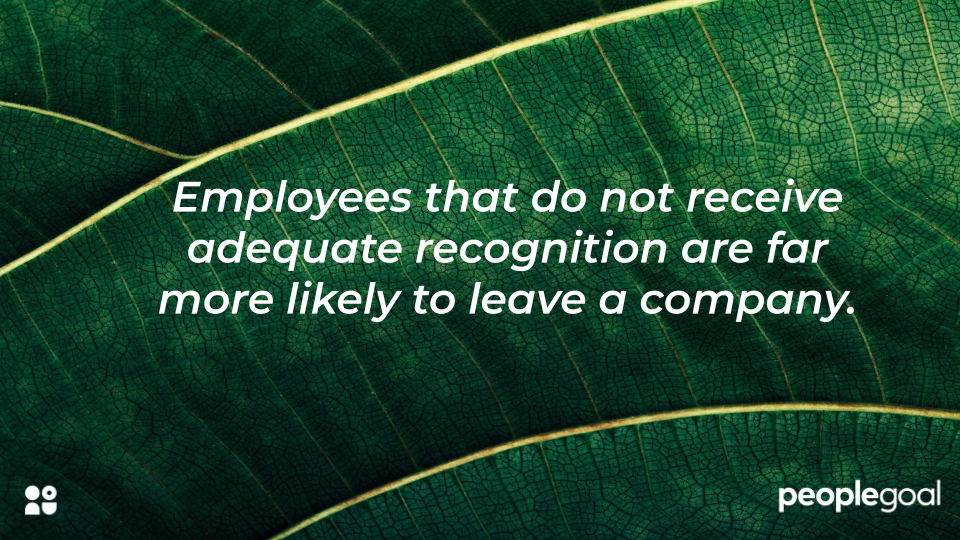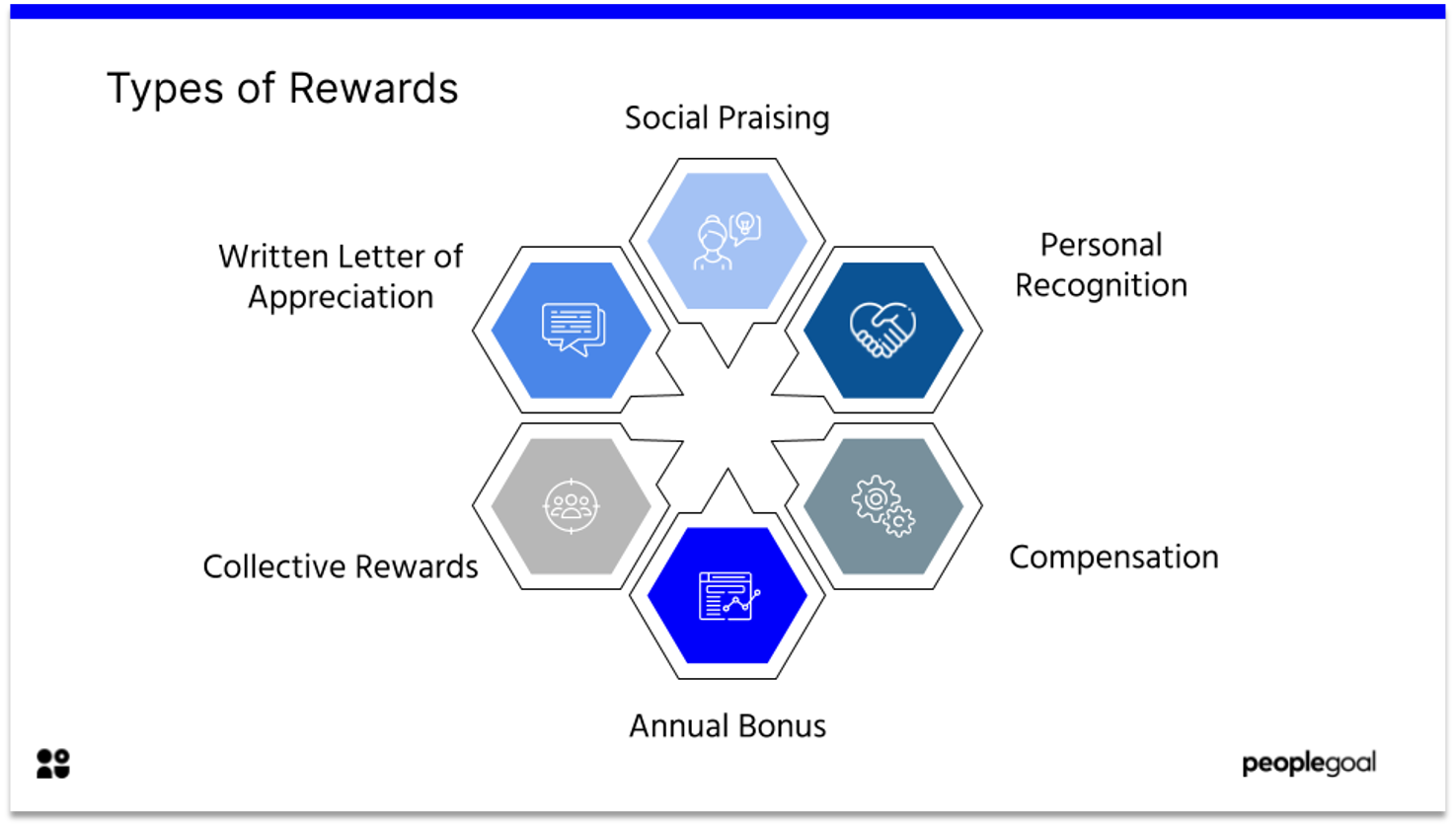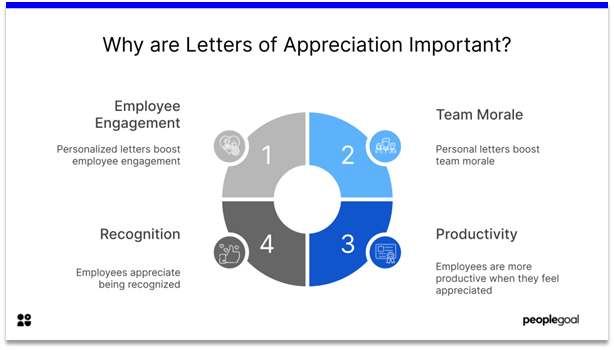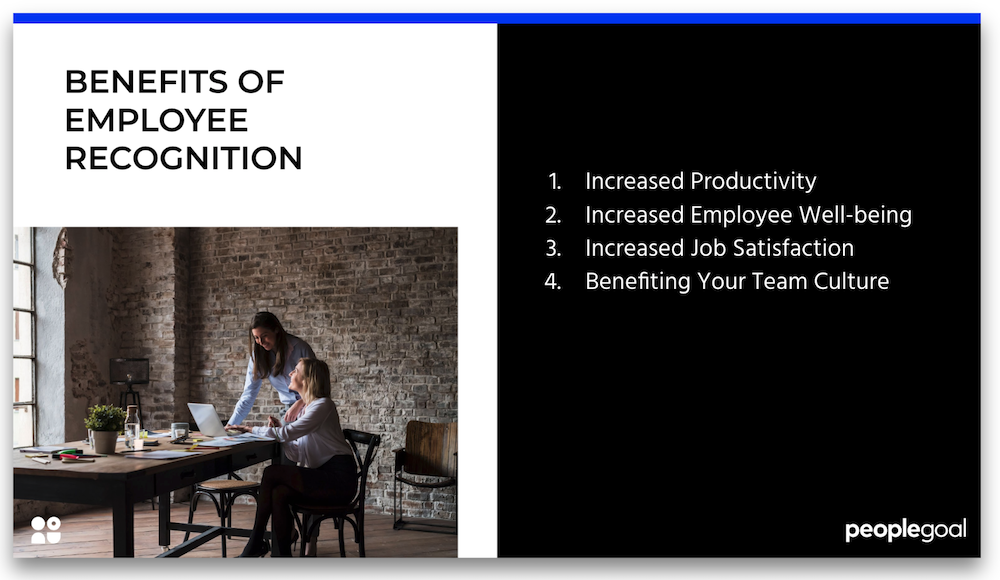Feedback is essential to personal growth. Whether receiving praise or criticism, these advisory comments will shape how an individual approaches their work. Without recognition, it can be difficult to interpret how well or poorly we are performing. Receiving positive recognition for our actions motivates employees and encourages further engagement.
It’s innate for us to seek approval. Years of conditioning have resulted in this. Nevertheless, many managers still shy away from consistently giving any form of recognition – good or bad. This can be equally detrimental to employees and organizations.
The deepest principle in human nature is the craving to be appreciated – William James
Philosophy of Rewards
Employee recognition is not a one-size-fits-all practice. Different employees respond to different incentives and approaches to rewarding behavior. For example, whilst financial bonuses can be given annually to merit an employee’s contributions, the length of time between payouts will not be enough to motivate employee’s on a daily basis.
Recognition doesn’t have to be manifested in a material or financial means. Simply telling an employee they’ve done a good job or sharing their accomplishments with other colleagues can motivate individuals. The difference that a gesture can make goes a long way. In fact, more regular and smaller instances of appreciation can outweigh the motivation from monetary rewards.
A study by Gallup found that 65% of employees reported that they did not receive any recognition for their work over the last 12 months. In the same report, 89% of employers believe that employees leave their companies to earn more money. Yet in actual fact, most workers that leave their jobs state that a lack of employee recognition was a major concern.

Evidently, there is a growing understanding that organizations must strike a balance between the contributions of the employee to the organization and vice versa, a return contribution from the organization to each employee. In finding this balance, rewards and recognition of employees have become increasingly integrated.
In following a strategic approach to ensure this balance, organizations typically rely on three core components of a reward system. These are compensation, benefits and recognition. For many, it appears that the recognition component is often disregarded or forgotten. Yet as it happens this is a low-cost and high-return practice that can bring ultimate balance to any organization’s reward system.
The power of recognition is its capacity to make employees feel appreciated and valued. Employees that receive more recognition will tend to be more confident, more willing to take on new challenges and more eager to be innovative.
What Merits a Reward?
Deciding when to reward employees is a straightforward process. If an employee does something noteworthy, then give them the recognition they deserve. Equally, should an employee fall below expectation, inform them of this so that they can look to improve. At the end of the day, unless you say something, your employees are likely to feel uncertain about their individual performance and fulfillment of tasks.
When put like this, the process of rewarding employees sounds very simple. Nevertheless, a Gallup report found that just one in three workers in the U.S. strongly agree that they received recognition or praise for doing good work in the past seven days. Across, many companies it’s not uncommon for employees to feel that, time and again, their best efforts are ignored.
As already stated, employees that feel they are undervalued or do not receive adequate recognition are far more likely to leave a company. Consequently, a leader or manager must make an effort to recognize when employees are performing well and reward performance. After all, communication is at the core of what makes a team.

Performance-based rewards are a great tool for ensuring good levels of employee engagement and a more motivated workforce. We have touched a lot upon recognition and verbal acclamation but there are of course other means of rewarding top-class performance. Whichever incentive systems you elect to show an appreciation for your team members is up to you.
Aligning the requirements for recognition with the purpose, brand and culture of the company gives clear and meaningful guidance to employees. Aspiring to the most suitable employee can be informed by this, thus promoting the development of a desirable workforce.
In this same current, when employees who are not top performers receive rewards this can have a negative effect on the motivation of high-performing employees. It should be clear for all to understand how you will measure and give rewards in accordance with the standards you set in alignment with your company culture.

Rewarding Top Performers
In an ideal world, your whole team is fully cooperative and together they are able to produce some tremendous accomplishments. This makes the process of choosing who to reward far easier as the whole team merits a pat on the back. Having said that, oftentimes there is one employee in particular whose individual efforts have significantly contributed to the success of a project or task.
Wanting to avoid showing any signs of favoritism is a natural phenomenon in the workplace. Leaders regularly look to overcome this for fear of the effects it can have on other team members. Yet it is important to demonstrate to top performers that their efforts are recognized and valued.
Using your own judgment, if you have witnessed an outstanding performance from one individual, there is no harm in celebrating their tremendous contribution. Showing praise for this individual is good for the motivation of other team members, a healthy level of competition is important for driving innovative and beneficial developments.
Apprehensions about praising a single employee are sensible, however, they should not be limiting. If your actions are justified, then you are acting appropriately. Performance-based rewards can be distributed among individuals or whole teams. If you find yourself regularly rewarding entire teams then this is a superb indication that your organization is performing well.
If you reward performance with an individual bonus, then those working at a higher level will demonstrate the value of exceeding performance expectations and contributing to company goals. HR professionals advocate pay for performance, as long as this individual bonus is performance-based.

Leaders need to reward behavior that advances the fulfillment of company goals. Teamwork and collaboration are great measures of a high-performing team. As such, leaders must look to recognize and promote these behaviors anytime they are witnessed in the workplace.
An approach whereby a leader can provide a combination of individual and collective rewards will promote a strong group identity. In addition, this will encourage individual members and motivate them to pursue the team’s goals and future success. There is a monetary incentive for this desired success, but it should also be socially driven. When all goals are aligned, any accomplishment – from an individual or the collective – can be celebrated as a meaningful step in the right direction.
Summarizing Performance-Based Rewards
All in all, attributing rewards to employees based on their performance reviews is a proven method to promote good levels of employee engagement. Most important to remember when deciding what an employee should receive as a performance-based reward is that there is no one-size-fits-all approach for incentive plans. Different employees receive and cherish contrasting forms of recognition.
Despite the general assumption that financial incentives will drive better performance, it is clear that many employees value social recognition as much, if not more. From a leader’s perspective, this puts considerable significance on their engagement with employees. Consequently, the feedback given to team members must give clear guidance and appreciation for good performance.

Such feedback doesn’t need to be completely formal in any way. Although, for remote working teams there must be an additional effort to recognize distant employees to avoid feelings of isolation. Whether in the form of kudos on a performance management tool or a quick but valuable mention in a stand-up meeting, these small actions have substantial effects.
Similarly, there is a need to celebrate outstanding performances. If an individual achieves an amazing feat, this must not go without recognition. Encouraging the top performers in any team to continue their amazing work is not only important to promote their onwards accomplishments. It also demonstrates to other team members what they should be aspiring to.
Performance-based rewards promote further great employee performance. Incorporating this form of recognition into your own management style could make all the difference in developing a better engaged and more productive workforce.
Ready to 3x Your Teams' Performance?
Use the best performance management software to align goals, track progress, and boost employee engagement.






